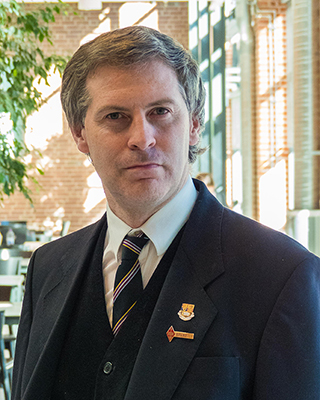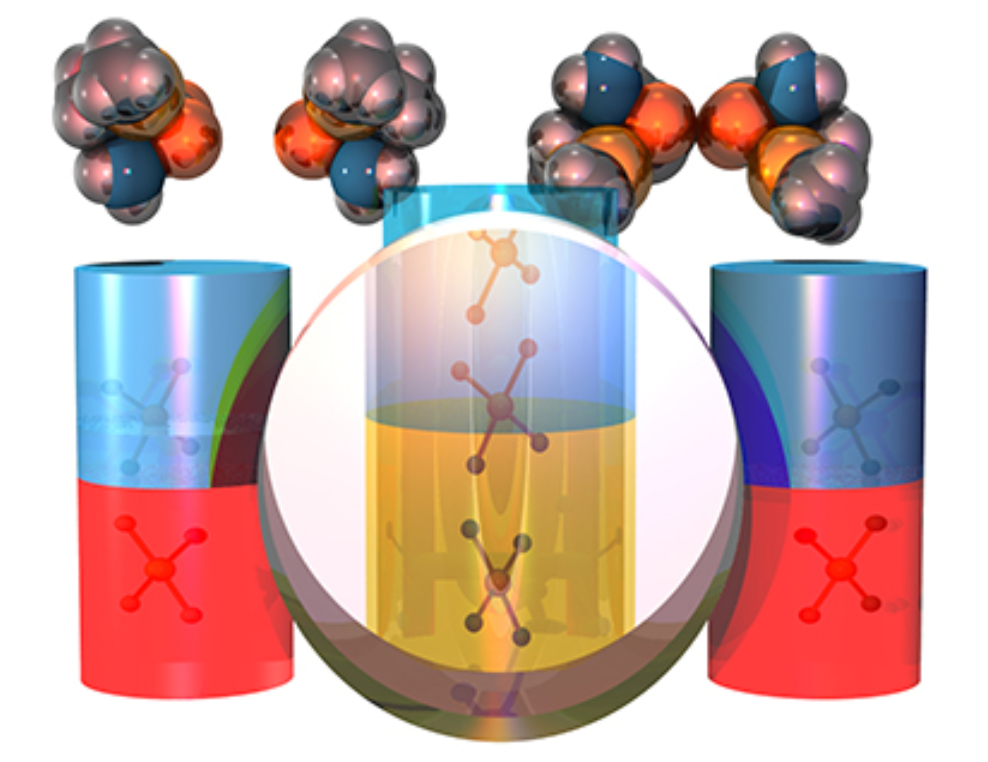Researchers in the Industrial Materials Recycling unit at Chalmers University of Technology (Sweden) have done experiments that can provide a key to unlock the innermost secrets of a new class of green and sustainable solvents – Deep eutectic solvents (DES). The new experimental method was recently presented in the scientific journal Physical Chemistry Chemical Physics.
 “After this work, it feels like we have got special glasses which allow us to see clearly things which previously were blurred shadows”; says Mark Foreman, Associate Professor in Nuclear Chemistry/Industrial Materials Recycling.
“After this work, it feels like we have got special glasses which allow us to see clearly things which previously were blurred shadows”; says Mark Foreman, Associate Professor in Nuclear Chemistry/Industrial Materials Recycling.
To move towards a more sustainable society we need to detoxify industrial processes and products, by replacing harmful substances with safer alternatives. The experiments presented in the study can now provide us with a new ability to create these alternatives. For a relatively very small investment, the experiment required for the study, could be done in many university chemistry departments.
“We hope that our experimental method becomes a standard experiment for probing existing green solvents and new ones”, continues Mark Foreman.
The study is an important breakthrough for understanding deep eutectic solvents (DES). DES has been known for some time as a promising environmentally friendly alternative, and could, for example, be used to recycle waste such as batteries into valuable products without using hazardous reagents. Up to know DES have not been very well understood. Together with an adjunct professor Kastriot Spahiu from Svensk Kärnbränslehantering AB (SKB), Mark Foreman and his group has now been able to gain a new deep insight into the new solvents which will greatly increase our ability to understand them and apply them to new problems.
Contact: Mark Foreman Associate Professor in Nuclear Chemistry/Industrial Materials Recycling.
More on the scientific paper
The article “Metal extraction from a deep eutectic solvent, an insight into activities” was published in the journal Physical Chemistry Chemical Physics is written by Peng Cen, Kastriot Spahiu, Mikhail S. Tyumentsev and Mark R. St. J. Foreman.
 Facts: research background step by step
Facts: research background step by step
Almost twenty years ago Andrew Abbott in Leicester published the idea of using mixtures of choline chloride with benign substances such as urea to make new solvents, these are the deep eutectic solvents. The group at Leicester have shown that they can use these new solvents to plate silver onto copper, chromium and electropolish stainless steel without using any of the hazardous reagents such as cyanide and chromates which are often used in the metal finishing industry. Their metal finishing is truly miraculous in terms of greening the metal finishing sector.
In 2013 with the COLABATS EU project Mark Foreman at Chalmers started to work both with the Leicester electrochemists and others on the use of DES for the recycling of batteries. It was recognized during the project that while the DES solvents can be used to recycle waste into valuable products and perform other useful tasks in an environmentally friendly way sadly these solvents were not well understood. We knew they do wonderful things but not how they did these things.
While working at Chalmers, in Mark Foreman´s research group the doctoral student Peng Cen was able to develop this work further to allow key parameters for these new liquids to be measured by a relatively simple experiment. This experimental work would has now proved to be able to reduce greatly the number of experiments which would be needed for the rational design of a new process or product using one of the new solvents. The work was also done together with an adjunct professor Kastriot Spahiu from Svensk Kärnbränslehantering AB SKB.
(This article was copied from: www.chalmers.se/en/departments/chem/news/Pages/New-green-solvents.aspx – 10 July 2020. Chalmers University is a partner in the EU TARANTULA projectin which novel metallurgical technologies are developed (up to TRL 3-5) for the extraction and purification of metal salts or metal oxides from secondary feedstocks of W, Ta and Nb. One of these routes includes DES.)


